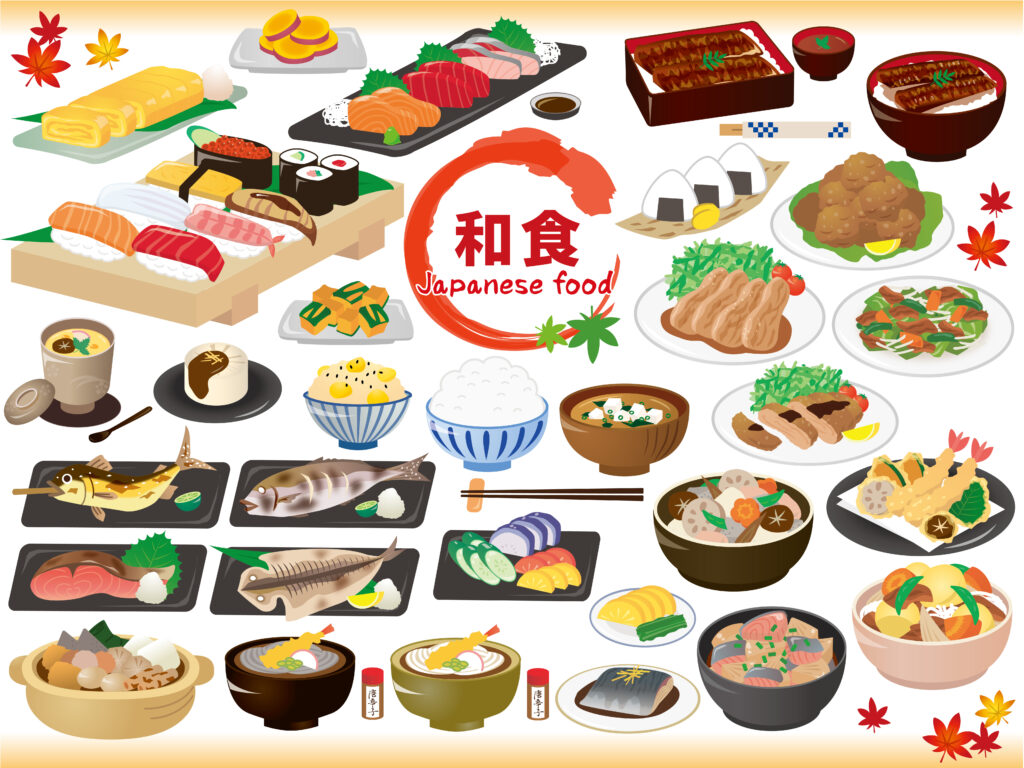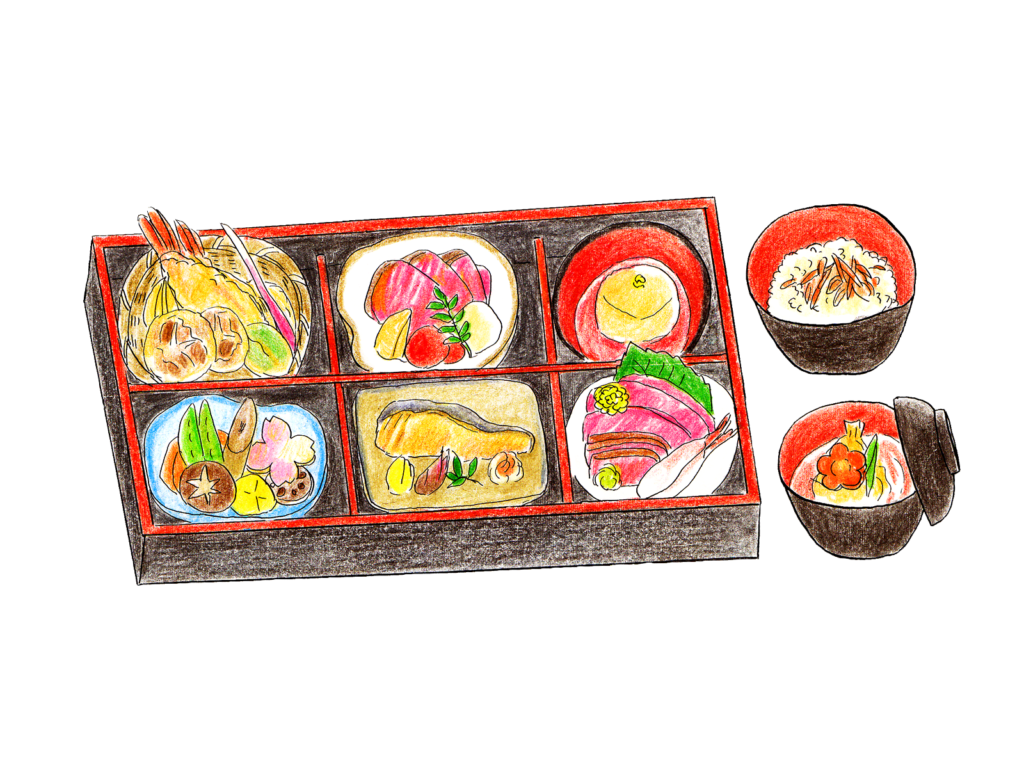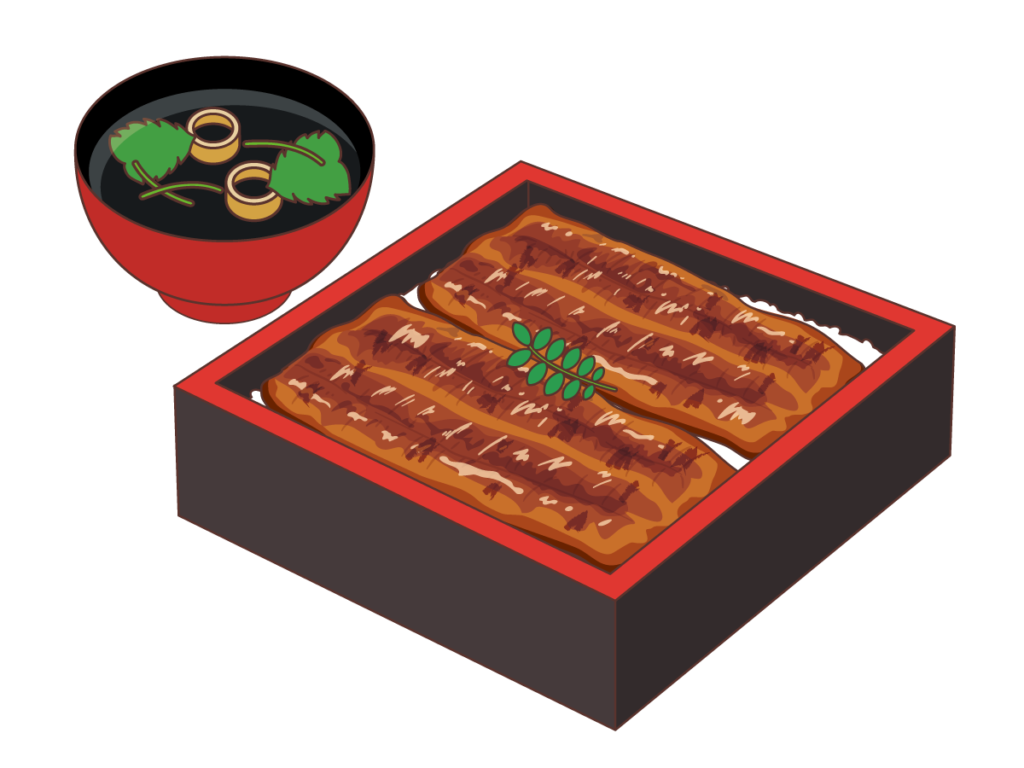
Here’s what I’ve heard from my human friends about pleasant behavior in Japanese restaurants. The key is that if you behave politely, the other party is likely to reciprocate even more. The only issue is that the specifics of polite behavior may vary a bit from country to country.
By the way, I think Japan is a absolutely behind. It’s downright uncivilized that dogs are not allowed in most public facilities, public transportation, and restaurants. I believe smart dogs like mine, who have learned proper behavior in public spaces, should have the right to go anywhere.
If you visit Tokyo, experiencing local restaurants are highly recommended. Eating and the associated experiences are crucial elements for a deeper understanding of Tokyo. While there are plenty of familiar fast-food options in Tokyo, you are encouraged to try out smaller, local dining spots for something different.
If you want to receive great service, here are a few things to keep in mind!

First in Tokyo Restaurant:
When you enter a restaurant, start by checking the ambiance. In generally somewhat sophisticated establishment, it’s often appreciated if you keep your voice down a bit – being a bit more subdued is considered smart. The average volume of Japanese conversation might be about half of what you’re used to. Aim for a conversational volume at the table, loud enough for those seated with you to hear.
Of course, in private rooms or more casual bars, it’s probably okay to talk at a volume similar to what you’re used to in your country.
After Sitting Down:
Immediately sitting down, you will be served hot tea in winter or cold barley tea in summer. Then, small dishes, known as ‘Otoshi’ or ‘Tsukidashi,’ will be brought to your table even before placing an order. This custom has developed in establishments where the assumption is that customers will be drinking alcohol. It is meant to be enjoyed with drinks before the main meal arrives. While it is not mandatory to eat, there is a seating charge associated with it. In any case, you are expected to pay even if you don’t consume the small dishes. However, as it is a nominal amount, hopefully you can enjoy it as part of the Japanese dining experience.
Please savor these small dishes. Since they are pre-prepared dishes, it is an opportunity to appreciate the skill of the chef and understand the culinary style of the restaurant.


Enjoy Real Local Restaurant:
There is a common theory that Japanese people are a bit shy, but it may be more accurate to say that they are reserved, especially towards unfamiliar foreigners. Your behavior when entering a restaurant can significantly influence the service you receive.
If there’s a restaurant you’d like to try and it seems more geared towards Japanese customers, it’s recommended to go during the early evening or right after the opening. Let’s visit them during not too crowded time. If you go during busy hours like a few hours after opening, especially as an unfamiliar foreign customer, you might result in hesitation or refusal. However, during the quieter times right after opening, there’s a good chance you’ll be welcomed.
When entering, you can say, ‘Aite Imasuka?’ (Are any seats available for us?) or ‘Iidesuka?’ (Do you accept us?), while entering with a smile, as a smile is a universal language. If the staff responds with ‘Irashai Mase!’ (You are welcome!) or ‘Dozo!’ (You are welcome!), it’s a sign that you are welcome.
While there will likely be a menu, pay attention to any recommendations or seasonal dishes often posted on the wall or write on a single sheet of paper. Since these may be in Japanese only, it’s a good idea to have translation tools on your cell phone. Then, you can simply point to what you want to eat.
You are not internationalized; you can truly experience authentically Japanese service.

Just a piece of trivia:
For some reason, truly traditional Unagi (Eel) or Soba (Buckwheat Noodle) restaurants still only accept cash. When visiting such establishments, it’s advisable to carry cash.
If you find yourself being declined when trying to pay with a credit card or QR code at such a place, consider it proof that you’ve entered a genuinely traditional establishment. Instead of getting upset about the inconvenience, rejoice in the fact that you’ve had a truly authentic experience.

